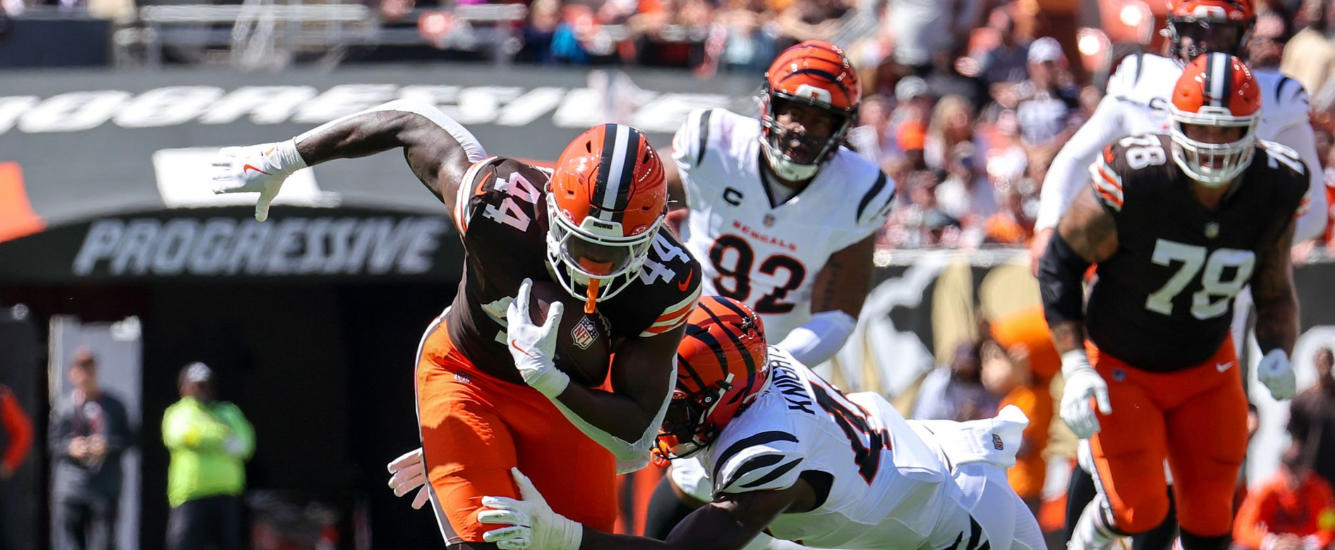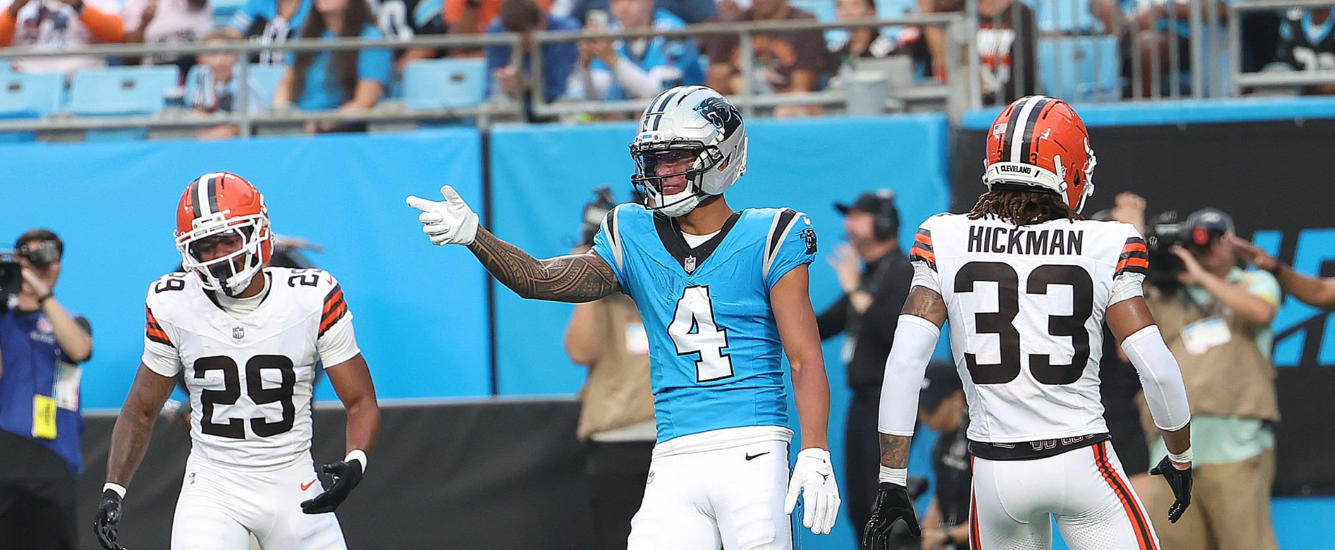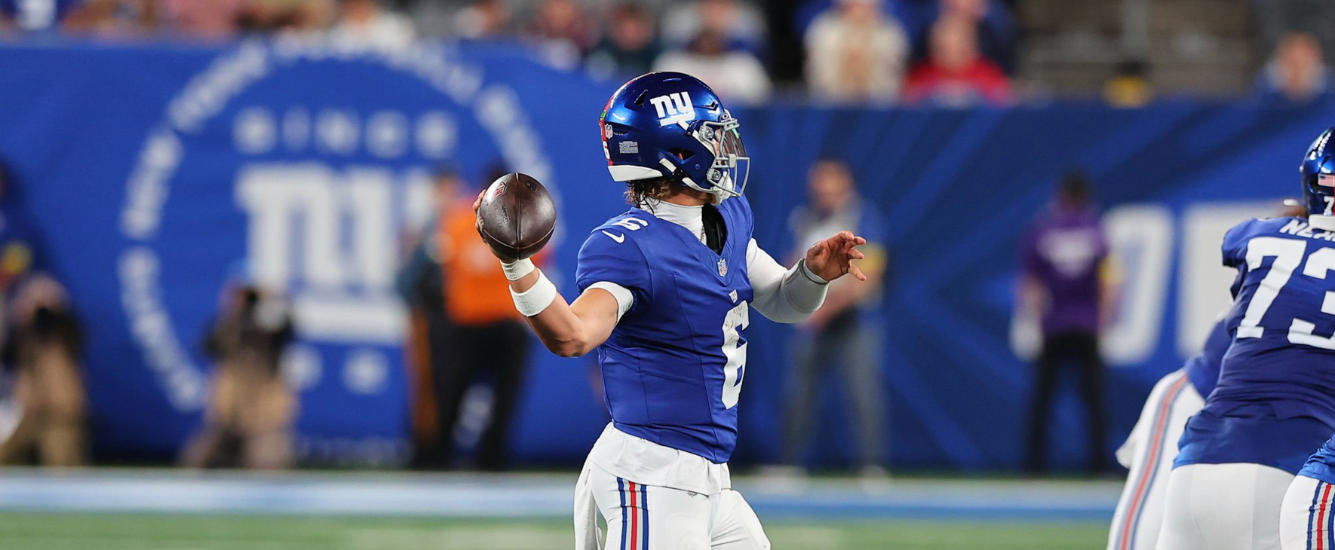Welcome to The Wrong Read. This weekly article uses advanced team-level metrics to preview the week’s upcoming matchups. The goal is to try to understand how an upcoming matchup might play out in terms of each offense’s ability to execute their game plan. How successful will they be when trying to pass? How much will they be able to run the ball?
It’s impossible to answer these questions definitively, but by exploring the advanced metrics we can better understand the dynamics that might not show up in the box score every week. We can use these metrics to find hidden signal that could indicate how a team wants to play football and how likely they are to be able to play the way they want against an upcoming opponent.
The numbers below include data from Weeks 1-3 along with the last three weeks of 2023. This means that personnel changes won’t be entirely reflected in these numbers — in cases where that matters I’ll point it out. But we can still get a good sense of what to expect from each of these teams. I’ll highlight the most salient features of the matchup below each graphic.
Dallas Cowboys at New York Giants

The Cowboys’ prolific but middling passing offense, which ranks first in passing plays per game (41.8) but just 14th in yards per pass play (6.67), will face a surprisingly stiff test against the Giants’ pass defense. New York blitzes more than all but one team, and only seven teams get to opposing QBs quicker (2.61 seconds). The battle between Dallas’ offensive line, which allows pressure on just 29.2% of dropbacks (No. 5), and the Giants’ aggressive pass rush will be critical. The Cowboys’ front line should be able to give Dak Prescott time to find open receivers, though he has not been afraid to throw into tight windows if necessary.

On the other side of the ball, the Giants’ mediocre passing attack gets what is on paper a relatively easy matchup. Dallas allows more passing yards per play than all but one team (8.13). Only four teams allow more EPA per pass. The Giants’ offensive line isn’t particularly strong, but Dallas doesn’t blitz often, which should give Daniel Jones plenty of opportunities to get the ball to a wide open Malik Nabers. And Nabers will be open a lot and should also be able to generate a lot of yards — Dallas is a bottom five team in both average separation allowed and yards after contact over expected allowed.

In a surprise to no one, the Cowboys have struggled in the run game after refusing to address the RB position with any seriousness. The good news for the Cowboys’ offense, which ranks 30th in yards per carry (3.63) and 20th in EPA per rush (-0.11), is that the Giants’ run defense has struggled even more. New York ranks 29th in yards per carry allowed (4.87) and 29th in EPA per rush allowed (0.02). The Giants have been particularly susceptible to big plays on the ground, allowing an explosive rush on 19.4% of attempts (worst in the NFL). The Cowboys will hope to take advantage of this weakness, despite their own struggles to generate explosive runs (5.7% explosive run rate, No. 32).

The Giants’ rushing offense has been slightly better, ranking 14th in yards per carry (4.32) and 23rd in EPA per rush (-0.13), but will face a slightly tougher challenge against the Cowboys. Dallas ranks just 19th in yards per carry allowed (4.38), but they are particularly adept at limiting yards before contact (No. 4). The Giants will hope to break a few long runs — while they don’t excel at generating explosive rushing plays or picking up yards after contact, both are areas where the Cowboys’ defense struggles more than the Giants’ offense. Yet the strengths of both teams are in the passing games — the rushing attacks might not be the determining factor in this game. Considering how frequently both teams like to throw the ball, we could easily see the total score exceed the over/under of 45.


















